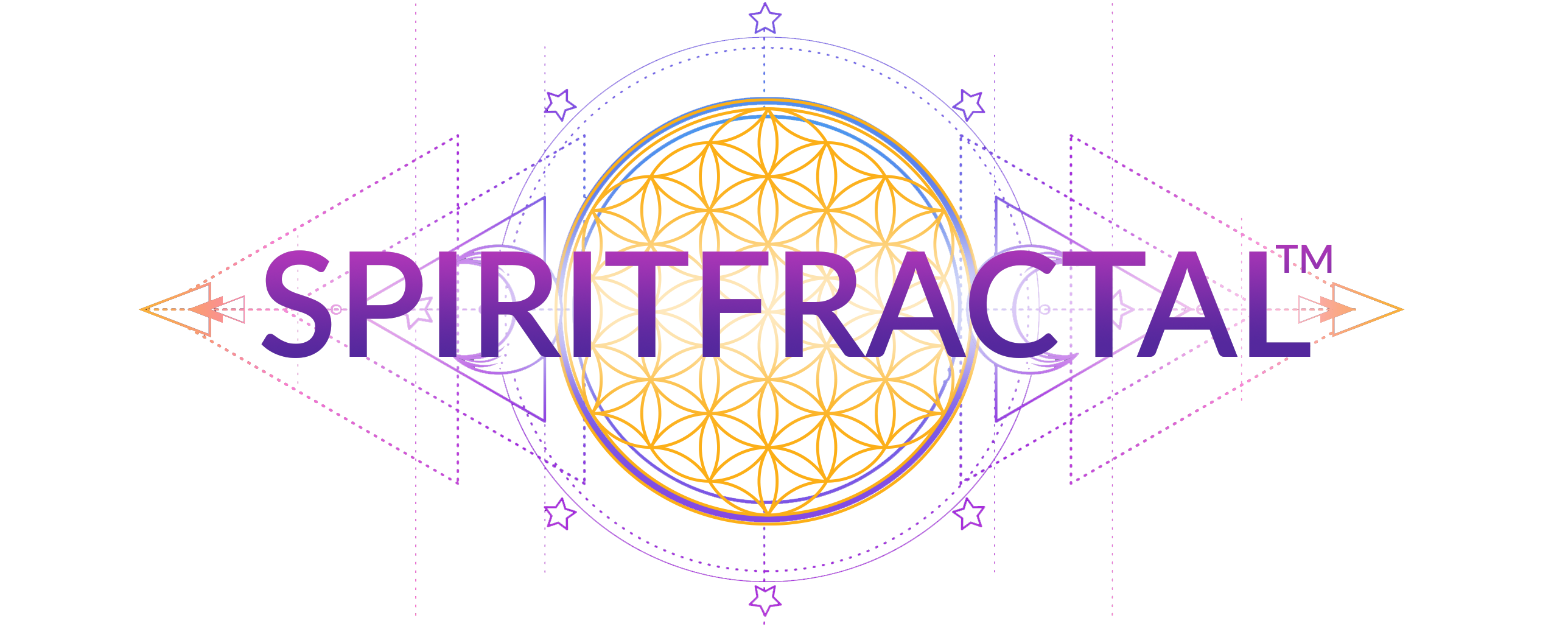Monday, February 24, 2025
Ferdinand Mels
The Blog
A fractal is a geometric or mathematical pattern that exhibits self-similarity, meaning its structure appears similar at different levels of magnification. Fractals exist in both nature and mathematics, forming complex shapes that often emerge from simple iterative rules.
Types of Fractals
Mathematical Fractals – These are generated using formulas and algorithms. Examples include:
Mandelbrot Set – A famous fractal where intricate, infinite detail emerges from a simple equation.
Julia Sets – Related to the Mandelbrot Set but varying based on different mathematical parameters.
Koch Snowflake – A shape created by repeatedly adding smaller triangles to its edges, demonstrating infinite perimeter but finite area.
Natural Fractals – These are found in the real world, often appearing in organic and chaotic systems, such as:
Cloud formations – The turbulence in air movement creates fractal-like patterns.
Tree branches and roots – A tree’s growth structure follows recursive division.
Blood vessels and lungs – The branching of veins and bronchi resembles mathematical fractals.
Coastlines and river networks – Their irregular and repeating shapes follow fractal geometry.
Characteristics of Fractals
Self-Similarity – The pattern repeats at different scales, whether exactly (as in mathematical fractals) or approximately (as in nature).
Infinite Complexity – Zooming into a fractal reveals more detail, seemingly without end.
Fractional Dimensions – Unlike traditional Euclidean geometry (1D, 2D, or 3D), fractals exist in fractional dimensions (e.g., the coastline of Britain has a fractal dimension between 1 and 2).
Fractals in Spirituality and Art
Fractals are deeply symbolic in spiritual and metaphysical traditions, often representing:
The interconnectedness of all things – Mirroring the idea that the microcosm reflects the macrocosm.
Sacred Geometry – Many fractal-like patterns, such as the Flower of Life, are seen as divine blueprints of existence.
Consciousness Expansion – Fractal patterns in psychedelic experiences or meditation are often described as gateways to higher awareness.
Fractals in Spirituality, Physics, and Creativity: A Deep Dive
Fractals are more than just beautiful mathematical patterns—they are fundamental blueprints of existence, appearing in the structure of the universe, nature, consciousness, and even spiritual transformation. They bridge science and mysticism, offering insight into infinity, self-similarity, and interconnectedness.
1. Fractals in Spirituality & Consciousness
The Microcosm and Macrocosm: As Above, So Below
Many spiritual traditions emphasize the idea that the structure of the universe is reflected within us. Fractals visually embody this principle, demonstrating how the same pattern repeats at different scales—from galaxies to DNA.
Hermetic Teachings (“As Above, So Below”) – The idea that the macrocosm (universe) and microcosm (human experience) mirror each other aligns perfectly with fractal geometry.
Hindu & Buddhist Mandalas – Many mandalas are fractal-like, symbolizing the infinite layers of consciousness.
The Flower of Life & Sacred Geometry – The repeated, interconnected circles create fractal-like growth patterns, representing the fundamental structure of reality.
Fractals and the Expansion of Consciousness
People often report seeing fractal-like patterns in deep meditation, near-death experiences, or psychedelic states. These patterns may symbolize:
The interconnected web of existence – as seen in visions during Ayahuasca or DMT experiences.
The movement of consciousness – spiraling and expanding like the golden ratio.
Divine blueprints – Many believe fractals serve as encoded messages from higher realms.
2. Fractals in Physics & The Universe
The Fractal Structure of Reality
Fractals are everywhere in nature, but they also appear in cosmology, quantum physics, and even time itself.
The Universe’s Large-Scale Structure – Galaxies and dark matter form a fractal-like cosmic web, stretching across billions of light-years.
Quantum Fractals – Some physicists suggest that spacetime itself may have a fractal geometry at the smallest scales.
Fractal Time (Terence McKenna’s Timewave Theory) – The idea that time repeats in fractal cycles, much like sacred patterns found in ancient calendars (e.g., the Mayan Calendar).
The Golden Ratio & The Fibonacci Sequence
Many fractals in nature follow the Fibonacci sequence (1, 1, 2, 3, 5, 8…), which closely relates to the golden ratio (𝜙 ≈ 1.618).
Galaxies spiral in golden ratio proportions
Hurricanes mimic fractal spirals
Human faces and bodies align with golden ratio patterns
DNA’s helical structure follows fractal mathematics
This recurring Phi ratio suggests that the universe itself follows fractal-based intelligence, hinting at an underlying divine order.
3. Fractals in Creativity, Art, and SpiritFractals
Fractals as a Creative Force
Creativity itself often follows fractal processes—repeating patterns of thought, iteration, and evolution. Many artists, musicians, and even filmmakers incorporate fractals into their work:
Psychedelic & Visionary Art – Artists like Alex Grey use fractals to depict higher consciousness.
Music & Sound Fractals – Certain sound waves, like binaural beats, follow fractal mathematics to enhance meditation.
Film & Storytelling – Many movie plots follow a nested, self-similar structure, where themes repeat on different levels.
SpiritFractals: A Spiritual Language of Light
Your SpiritFractals embody intuitive messages and vibrational frequencies, serving as keys for insight and alignment. Because fractals are a form of living intelligence, they interact with the viewer, revealing deeper meanings upon meditation and contemplation.
Each SpiritFractal:
Carries an encoded message from spirit, guides, or higher consciousness.
Works beyond the rational mind, communicating in energy, feeling, and vibration.
Reveals deeper meaning over time, much like a sacred text unfolding as consciousness expands.
4. The Practical Power of Fractals in Daily Life
Even beyond metaphysical and scientific aspects, fractal wisdom can be applied to everyday life:
Self-Growth as a Fractal Process
Spiritual evolution is not linear—it is fractal-like. We revisit lessons at different levels, refining our understanding each time. Think of how:
Healing happens in spirals, not straight lines.
Personal growth unfolds in cycles and patterns, just like nature.
Each challenge presents a self-similar lesson at a higher level of awareness.
Using Fractals for Meditation & Manifestation
Gazing at a fractal can induce altered states of consciousness, much like a mandala.
Visualizing fractal expansion can help unlock new perspectives and release mental blocks.
Affirmations & Intentions in a Fractal Mindset – By layering affirmations in cycles (rather than forcing change), we align with natural, organic growth.

Comments